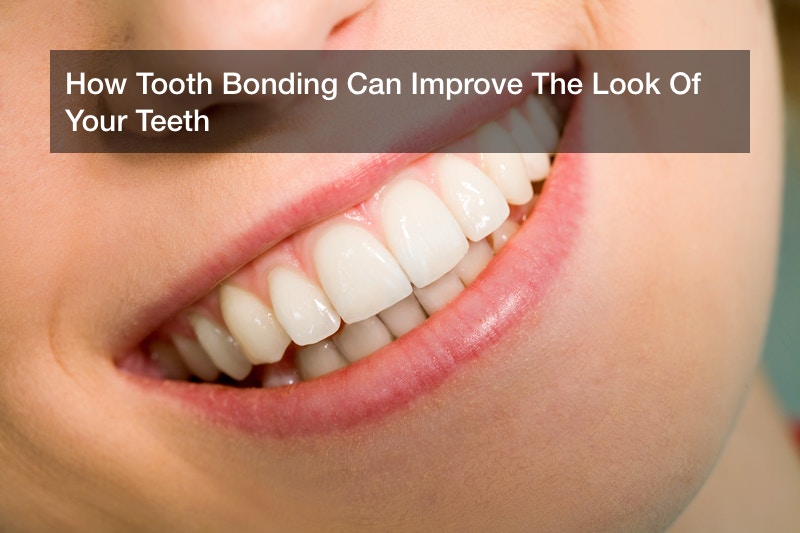
There’s little doubt that Americans have some issues when it comes to their teeth. In fact, 32% of Americans say they’re concerned by the look of their teeth.
Issues such as cracked teeth, chipped teeth, discolored teeth and broken teeth to name a few can leave Americans feeling self-conscious and less than willing to smile. In a survey by the American Academy of Cosmetic Dentistry, more than half of the U.S. population aged 50 or older agree that a smile is the most attractive feature of a person as they age.
For Americans who are unhappy with their teeth or their smiles, there are many cosmetic dentistry procedures which can fix teeth and restore smiles to their former glory. One such procedure is dental bonding. Tooth bonding is a simple procedure where a dentist applies a resin to repair tooth damage. Compared to other cosmetic procedures such as dental crowns and veneers, dental bonding is very cost-effective.
Before you do into a cosmetic dentist for a dental bonding procedure, here’s what you need to know about it:
First things first: dental bonding is one of the simplest cosmetic dental procedures available. As an added bonus, it usually doesn’t require anesthesia and doesn’t require any follow-up trips to the dentist.
When you come in to start the dental bonding procedure, a dentist will use a coloring guide to choose a resin color that matches your natural tooth color. The tooth in question is then roughened on the surface and then a liquid is applied to help the bonding stick. The dentist applies the selected resin over the liquid, molds it to the tooth that’s being worked on and then uses UV light to help the resin stick and harden.
After the resin hardens on your tooth or teeth, the dentist can further shape the tooth if necessary.
So if you’re wondering why you should consider dental bonding, there are many reasons. For one, dental bonding can fix imperfections or defects in teeth and it can also help close gaps between teeth. Dental bonding can also increase a tooth’s size, if for example you have a tooth that’s shorter than the rest and your dentist thinks your teeth all need to be the same length.
Teeth bonding is incredibly fast—it typically takes between 30 and 60 minutes—and since it rarely requires anesthesia, you can back to your normal, everyday routine.
If you’re wondering whether there are any major risks associated with tooth bonding, you’ll be happy to know that there aren’t any major risks. That being said, there are a few things to keep in mind:
- The resin applied by the dentist looks just like your natural teeth, but isn’t as strong as your natural teeth.
- Chipping or breaking of the resin doesn’t happen often, but it can happen.
- Chipping of the bonded resin may occur if you eat hard candy, chew on ice or bite your fingernails to name a few things.
- The resin isn’t typically stain-resistant, so if you smoke or drink coffee, your bonded tooth might develop some discoloration.
If you’re wondering about cost, you can usually expect to pay between $300 and $600 per tooth and the bonding usually needs replacing about every 5-10 years. Keep in mind that the cost of the procedure can also vary based on dental expertise, extent of the procedure and location. Before you undergo any procedure, it’s best to check with the provider of your dental insurance. There are some providers who consider dental bonding to be cosmetic and won’t cover any of the cost.
So how can you prepare you’re a dental bonding procedure? All it usually takes is a dental consultation to see if you’re a good fit for the procedure. There’s no doubt that having a great smile can be a great confidence booster and by undergo a procedure like dental bonding, you’ll be able to improve the overall look of your teeth and get a great shot of self-confidence.

